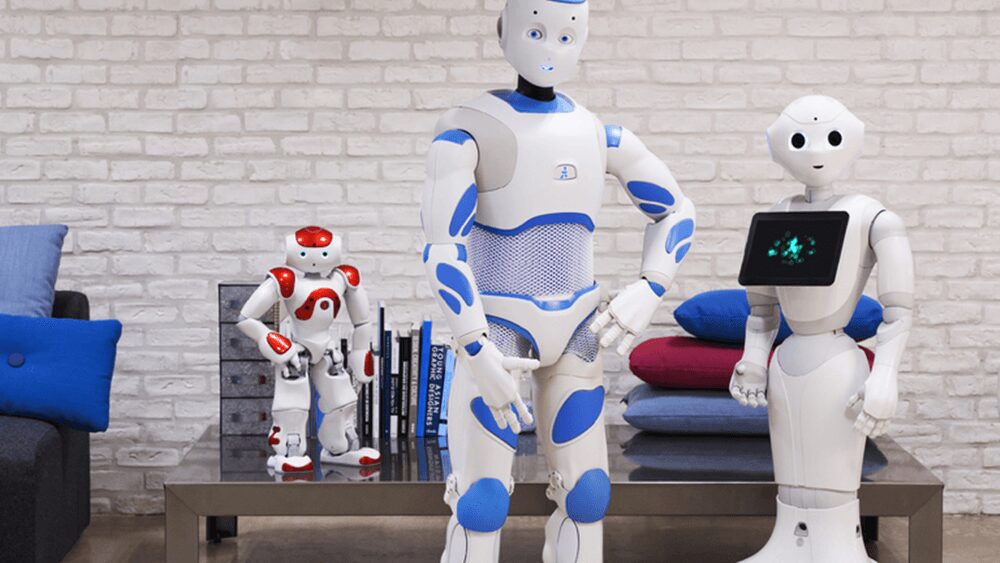You applied for a job, the company called you to schedule an appointment, and now the question is, what now? A job interview is very stressful even in your native language, let alone in English. You need to set aside more time to prepare a conversation in English, but that doesn’t mean it’s impossible.
A job interview is quite stressful for all of us, especially if the interview is not in our native language. Then there is additional pressure because you have to think about vocabulary, phrases, grammar, and everything else that is important in a language.
The job interview is the most important step for any employer, so it should be approached seriously. The goal of the interview is to selectively choose which candidates from all applicants best meet the employer’s requirements. Through a series of questions, the employer will find information with which he will be convinced whether you are the right candidate for the job or not.
Various studies have shown that when meeting others, they get their first impression of us in the first 7-9 seconds, so it is very important to improve your chances of making a good first impression. The first impression includes your appearance, behavior, and voice, so it is important that you come to the job interview nicely and neatly dressed, and be positive, confident, and clear.
A voice-based AI identified seven communication errors foreign job seekers make during job interviews. The conclusions are based on a comprehensive analysis of over 100,000 interactions between non-native job seekers and realistic AI robots.

Source: medium.com
According to the findings:
73% of users disclose too much personal information when answering formulaic interview prompts like “Tell us about yourself.” Many non-native English speakers understand the question broadly, so they tell the interviewer about their native country, their pets, or their hobbies.
60% of users give one-word answers to HR questions. For example, to questions like: “Do you have experience of managing projects?” or “Do you know something about our company?”, many non-native speakers simply respond yes or no without elaborating, providing details, or giving relevant background information.
54% of users mix multiple English tenses, for example, when describing a project or prior work experience, leaving the interviewer confused about the timeline, achievements, and process.
64% of users respond with overly long run-on sentences, mixing several topics and ideas. For example, an applicant might say, “I was doing this […] and I’ve been thinking that […] and I was going to…”, never getting to the point. As a result, the interviewer might have trouble following their train of thought or figuring out which details are important.
71% of users are not accustomed to the culture of small talk, which is normally part of the U.S. job interview. They do not engage the interviewers on their own and are generally too embarrassed to keep up the conversation if others initiate, which leaves many Americans with an impression of social awkwardness.
66% of users mispronounce basic words related to work and careers. The most common errors are: ”carrier” while referring to “career,” or “coustomer” for “customer.”
88% of users are simply nervous about their English, which translates into performance anxiety where they struggle to speak. They overthink, pause too long between replies, and even rewrite their responses several times. Sometimes, due to anxiety, they answer with very short sentences to avoid grammatical mistakes or mispronunciations.
The research was conducted by Praktika.AI, the language learning app. The solution allows non-native speakers to “rehearse” real-life situations, such as job interviews. The app is available in Brazil and aims to enter other emerging markets in LatAm and the Middle East over the next few years.
“Some recruiters in Brazil ask similar questions twice: people are simply too nervous to communicate in English and perform better after a ‘warmup’,” said Adam Turaev, the app’s co-founder. “Using our solution, non-native speakers can prepare for their job interviews in advance. We conducted the research to help our students learn better and find new opportunities worldwide. We are constantly searching for ways to improve our technology and learning experience because most language mistakes can be easily corrected by practicing with AI robots.”

Source: anolytics.ai
How to improve the chances of employment?
Be prepared to present yourself in the best possible world, and research your qualities before going to the interview. This is your chance to convince them that you are the best possible candidate for the job. Think about what questions you might expect and think about the answer. It is always good to use terms that will set you apart from others – mention that you are customer-oriented, that you have a can-do attitude, that you are a team player, eager to learn, and so on. If you are not sure that you know how to use these words in the right context and pronounce them correctly, then it is still better to simplify. And it is very important that you prepare for that conversation, and you will do that by practicing some examples of the situations in which you will find yourself. So, some phrases that you can use and that you know are correct. And in the same way, you will prepare yourself – by looking at the questions you can expect in that interview.
You may be able to learn a bit about corporate culture through company blogs and social media profiles but to really build on that information, try looking for information from outside sources. Check if interviews with company supervisors are available online. Depending on the company, sometimes you will be able to find out literally everything, and sometimes nothing. This will show that you are interested in working in the company and that you know exactly what you want. It is also good to know about the competition. When researching a company’s competition, follow the same research steps you did for the company you’re interviewing for, but focus only on those things that are relevant to your interview. Look at the big picture, not the details of specific projects.
